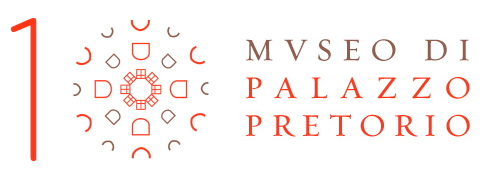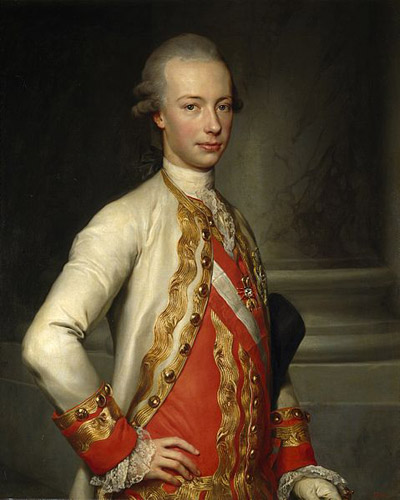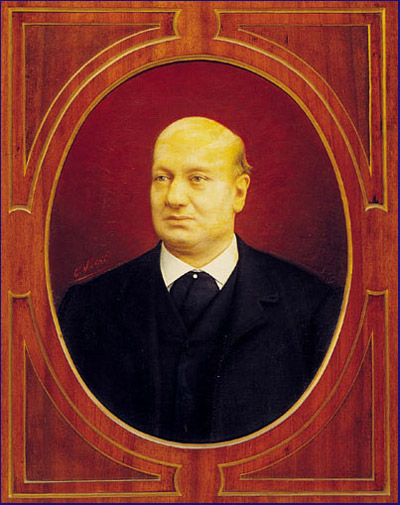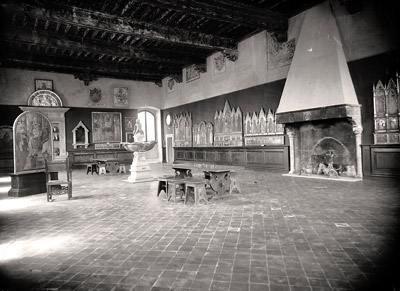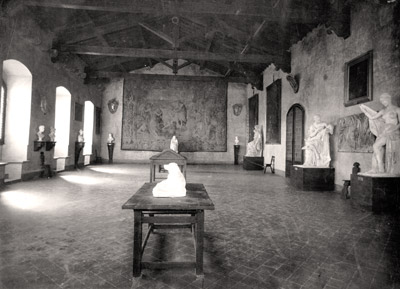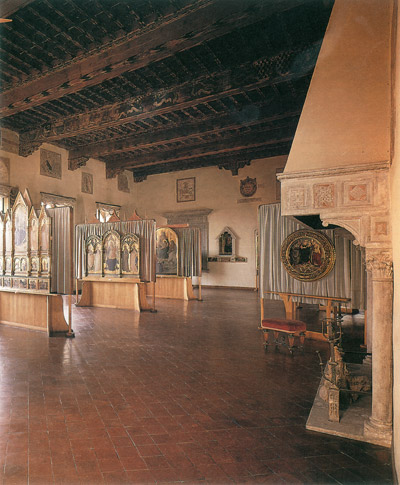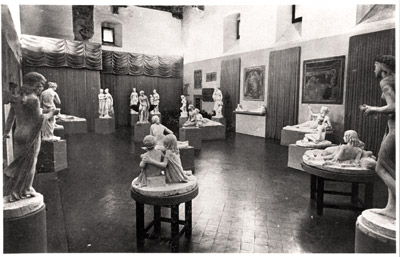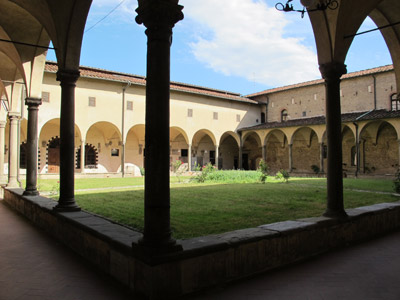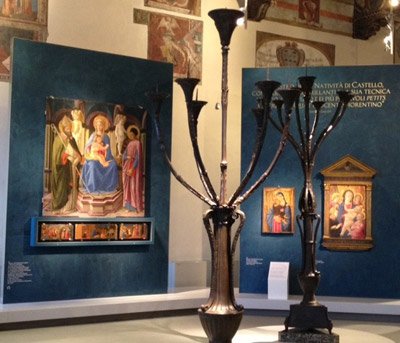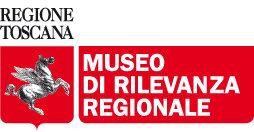History of the Museum
Within the splendid interiors of Palazzo Pretorio it is possible to admire once again the beautiful heritage built through centuries thanks to the great men who loved the city, and to artists as Bernardo Daddi, Giovanni da Milano, Donatello e Filippo Lippi, and the Pratese Filippino Lippi e Lorenzo Bartolini.
A brief history is set out below.
